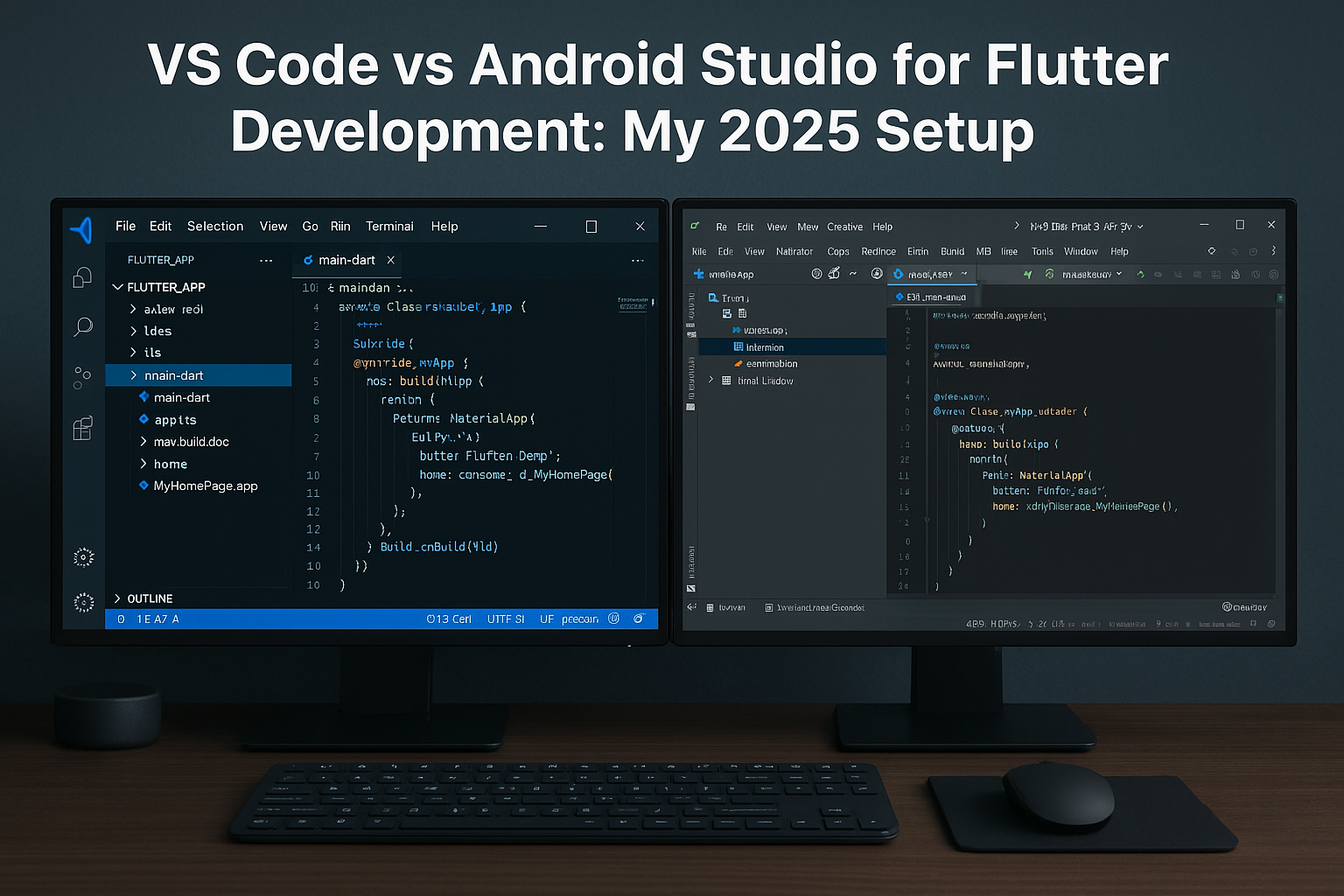
Choosing the right state management approach is one of the most important architectural decisions in Flutter development. Among the many options, Riverpod and BLoC stand out as two of the most powerful and widely adopted solutions. In this post, we’ll compare the strengths of Riverpod vs BLoC to help you choose what fits your project best.
What is Riverpod?
Riverpod is a modern, type-safe state management library created by the author of Provider. It removes many limitations of Provider by offering better testability, compile-time safety, and independence from Flutter context.
Benefits of Riverpod:
- Pure Dart (no need for BuildContext)
- Scales well for small and large apps
- Built-in support for
StateProvider,FutureProvider,StreamProvider - Less boilerplate
- Easier to test and refactor
What is BLoC?
BLoC stands for Business Logic Component. It promotes a clear separation of concerns using Streams, Events, and States. It is often used in complex applications and large codebases that require high predictability and structure.
Benefits of BLoC:
- Highly structured and predictable
- Strong ecosystem and documentation
- Great for large, enterprise-level apps
- Encourages separation of business logic and UI
Example: Counter App in Riverpod
final counterProvider = StateProvider((ref) => 0);
ElevatedButton(
onPressed: () => ref.read(counterProvider.notifier).state++,
child: Text('Count: ${ref.watch(counterProvider)}'),
);
Example: Counter App in BLoC
// Event
abstract class CounterEvent {}
class Increment extends CounterEvent {}
// Bloc
class CounterBloc extends Bloc {
CounterBloc() : super(0) {
on((event, emit) => emit(state + 1));
}
}
// Usage
BlocBuilder(
builder: (context, count) {
return ElevatedButton(
onPressed: () => context.read().add(Increment()),
child: Text('Count: $count'),
);
},
);
Riverpod vs BLoC: Key Differences
Learning Curve
Riverpod is easier for most developers to pick up, while BLoC has a steeper learning curve due to its event/state architecture.
Boilerplate
Riverpod requires far less boilerplate than BLoC, especially for simple use cases.
Async Support
Riverpod has built-in providers like FutureProvider and StreamProvider. With BLoC, you need to wire up your own streams and events. This is an important aspect of the Riverpod vs BLoC discussion.
IDE Refactor Safety
Riverpod benefits from Dart’s full IDE support. Renaming providers or refactoring is safe and predictable.
Best Use Cases
Use Riverpod for small to large applications where simplicity and maintainability are key. Use BLoC for very complex, event-heavy apps or when working in large teams with strict architecture needs.
When Should You Use Riverpod?
- You want a simpler, modern state management solution
- You prefer fewer layers and less boilerplate
- You want better testability and IDE support
- Your app needs to scale cleanly over time
When Should You Use BLoC?
- You’re building a large, complex, or enterprise-grade app
- You want very strict separation between UI and logic
- Your team is experienced with event-based patterns
- Your app requires highly predictable state transitions
Conclusion
Both Riverpod and BLoC are excellent tools, and the right choice depends on your project needs and team preferences. Riverpod shines for simplicity and flexibility, while BLoC is a solid choice when structure, control, and long-term scalability are a top priority.
No matter which you choose, understanding their differences will help you write cleaner, more maintainable Flutter code. The Riverpod vs BLoC comparison is key for making informed decisions in state management.


